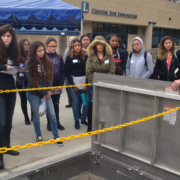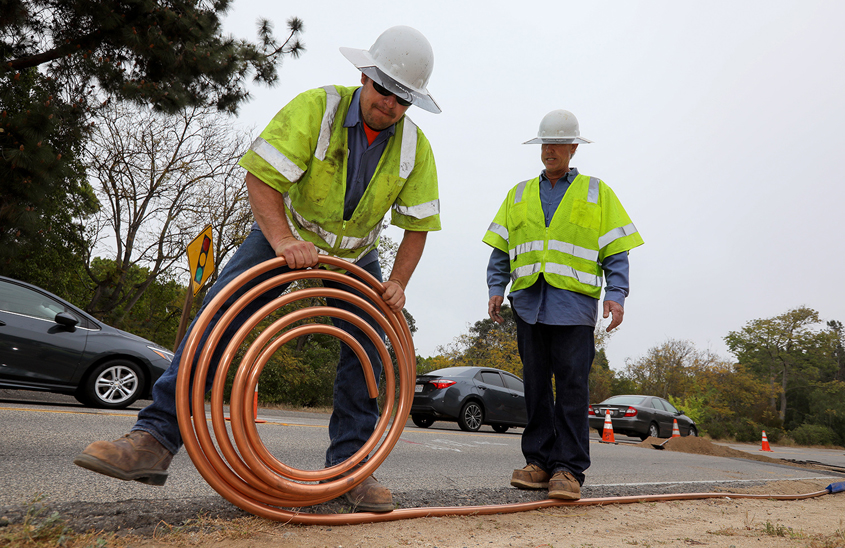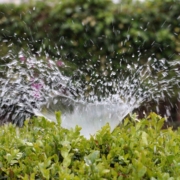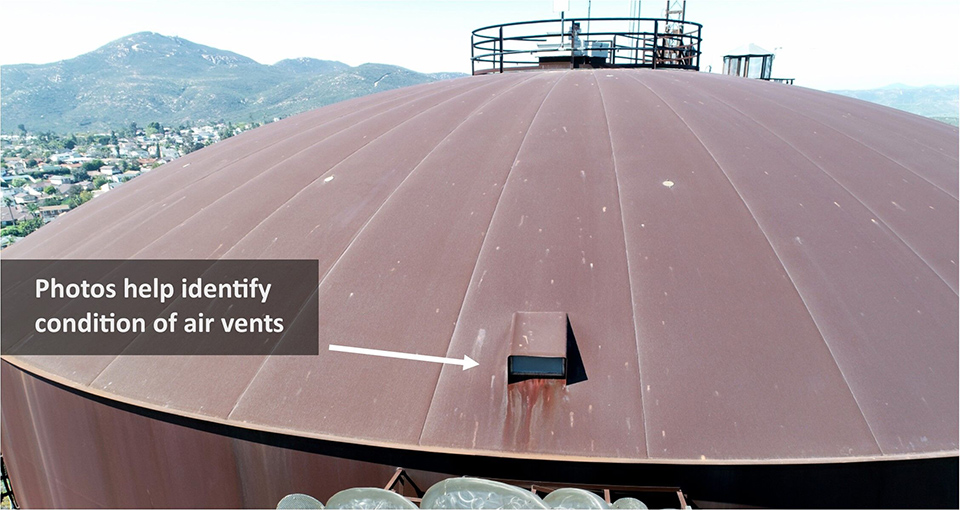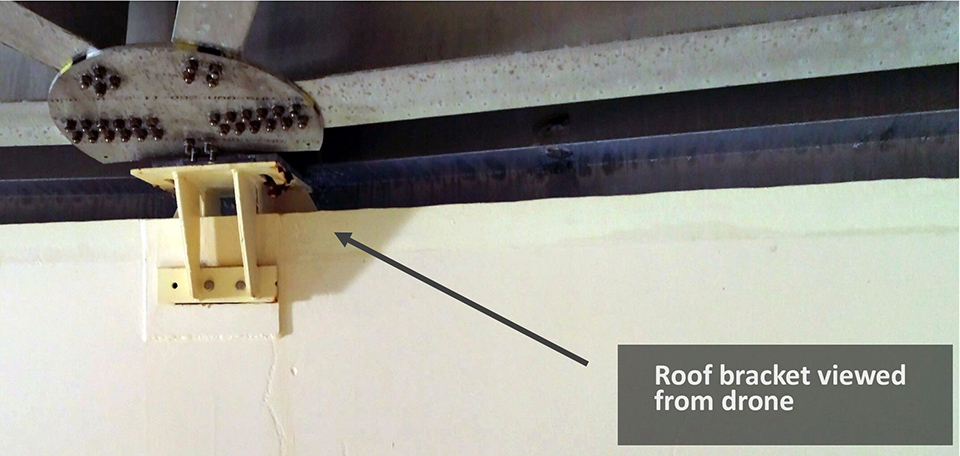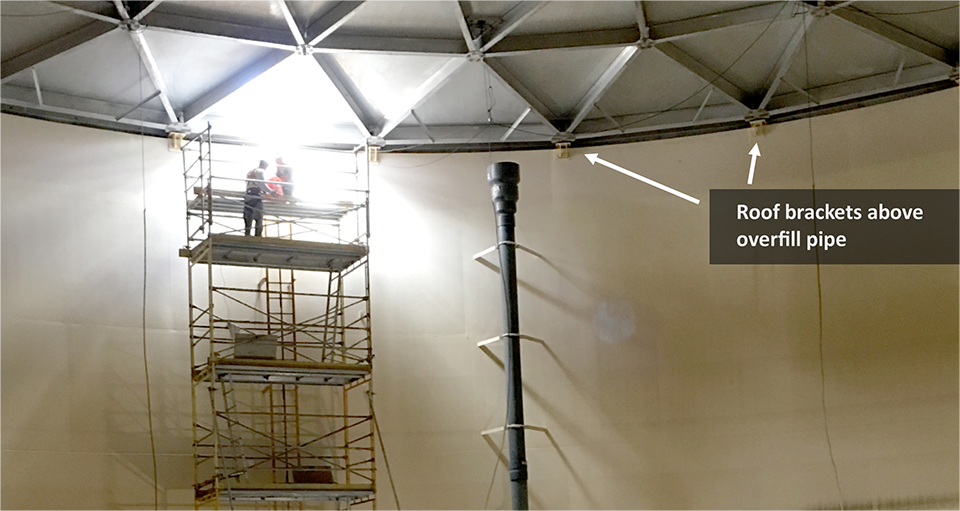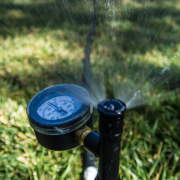Encinitas Students Take Home Honors in OMWD’s 2019 Water Awareness Poster Contest
Olivenhain Municipal Water District’s Board of Directors recognized the winners of the 2019 North County Water Agencies Water Awareness Poster Contest at its May 22 meeting.
Fourth-grade students living or attending school within OMWD’s service area were invited to enter the contest earlier this year. The top three posters all hailed from Mrs. Goyette’s class at Flora Vista Elementary in Encinitas.
Sayla Egger’s first-place poster features a superhero pup and encourages people to conserve water by recycling it.

Sayla Egger’s first-place poster features a superhero pup and encourages people to conserve water by recycling it. Photo: OMWD
Addison Bowe, the second-place winner, designed a poster that highlights the connection between water conservation and pollution prevention.

Addison Bowe, the second-place winner, designed a poster that highlights the connection between water conservation and pollution prevention. Photo: OMWD
The poster that received third-place honors was created by Delaney Owens and portrays a side-by-side comparison of a world with water and a world without.

The poster that received third-place honors was created by Delaney Owens and portrays a side-by-side comparison of a world with water and a world without. Photo: OMWD
Contest encourages students to think about the importance of using water wisely
“We are fortunate to have such talented young artists in our area,” stated OMWD Board President Ed Sprague. “The annual poster contest is a great way for them to show off their talent and gets students thinking about the importance of using water wisely.”
The annual poster contest asks fourth-grade students to use their imaginations to create images that raise awareness on water-related issues. This year’s theme was “Be Water Smart.” The competition has occurred on a yearly basis for 26 years, and is an opportunity to teach students that everyone can take actions to use water efficiently, regardless of age.
Each winner received a prize along with a certificate of honor. North County water agencies will feature the winners’ artwork in their 2020 Water Awareness Calendar which will be available for free from OMWD later this year. The images will also be displayed in OMWD outreach material and on district vehicles.


 Planting native California plants that will attract birds, butterflies, and bees for pollination is a great way to make a beautiful and sustainable garden. Photo: Iva Castro/Pixabay
Planting native California plants that will attract birds, butterflies, and bees for pollination is a great way to make a beautiful and sustainable garden. Photo: Iva Castro/Pixabay